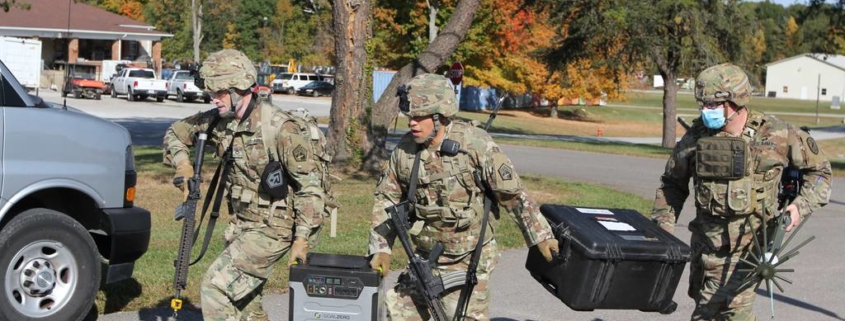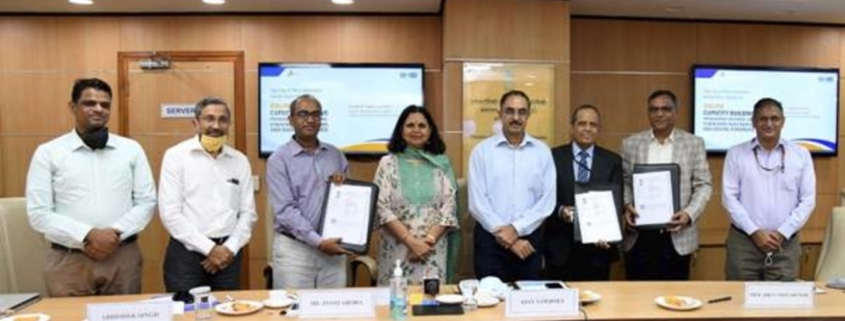Schools for the Deaf and the Blind will re-open next week following building fire
ROMNEY, W.Va. — The West Virginia Schools for the Deaf and the Blind will welcome students back to campus next week after a recent fire destroyed the school’s administration building.
The Feb. 26 blaze damaged key services and utilities, including internet servers, telephone services and security camera surveillance. No one was injured during the fire.
The administration building was built in the 1800s. The building was vacant at the time of the fire; offices and personnel moved to other spaces late last year. Historical contents of the building were cataloged amid the move.
Students were away from campus at the time of the fire.
“This was more than a building to the school and the community, it was a part of the culture and tradition, and it is a significant loss to everyone,” State Superintendent of Schools Clayton Burch said.
“However, once again, I witnessed numerous examples of community pride and compassion. It was inspiring to see the response of so many agencies, organizations, community members and individuals from around the country who stepped into action and showed concern in a number of ways.”
The State Fire Marshal and the U.S. Bureau of Alcohol, Tobacco, Firearms and Explosives investigated the fire, in which the cause remains undetermined.




